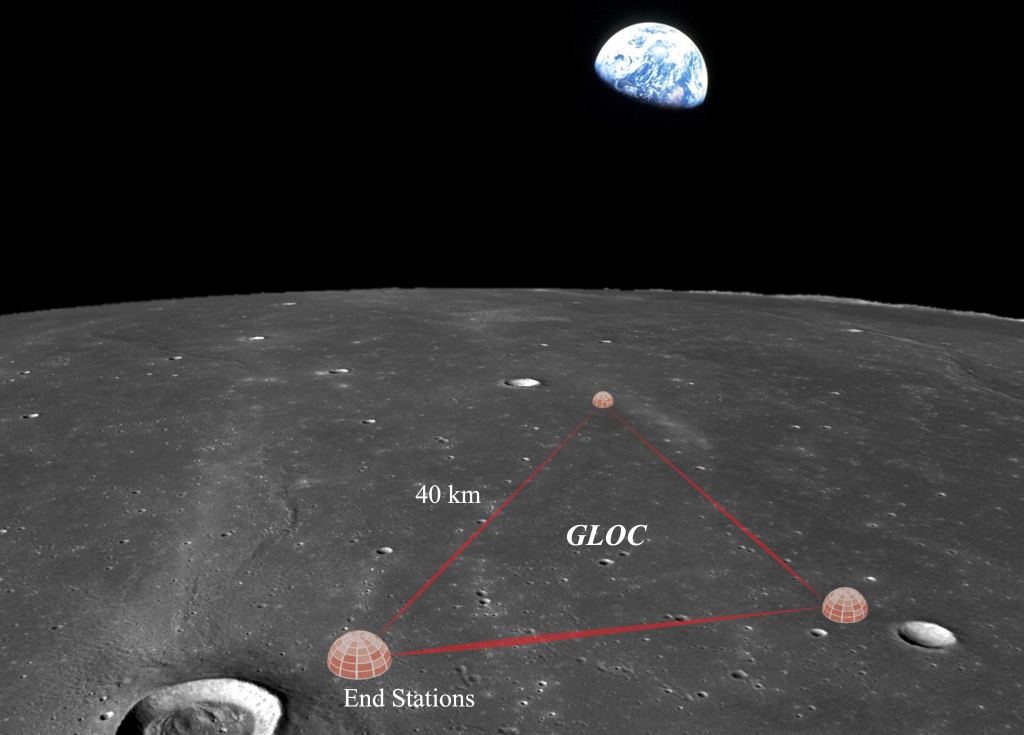
So LIGO and Virgo use statistics and models of black hole mergers to distinguish a true signal from a false one.
Because of terrestrial background noise, current observatories focus on the high-frequency gravitational waves (10 – 1000 Hz) generated by black hole mergers.There has been discussion of building a space-based gravitational-wave observatory, such as LISA, which would observe low-frequency gravitational waves, such as those generated by early cosmic inflation.
To detect these, a recent study proposes building a gravitational-wave observatory on the Moon.
Optical telescopes on the Moon wouldn’t suffer from atmospheric blurring, and unlike space-based telescopes such as Hubble and Webb, they wouldn’t be limited by the size of your launch rocket.
Building a lunar gravitational-wave observatory would be significantly more challenging, but not impossible.
This recent study proposes a Gravitational-wave Lunar Observatory for Cosmology (GLOC).As you might expect, a lunar observatory wouldn’t suffer from the background vibrations that trouble Earth observatories.
